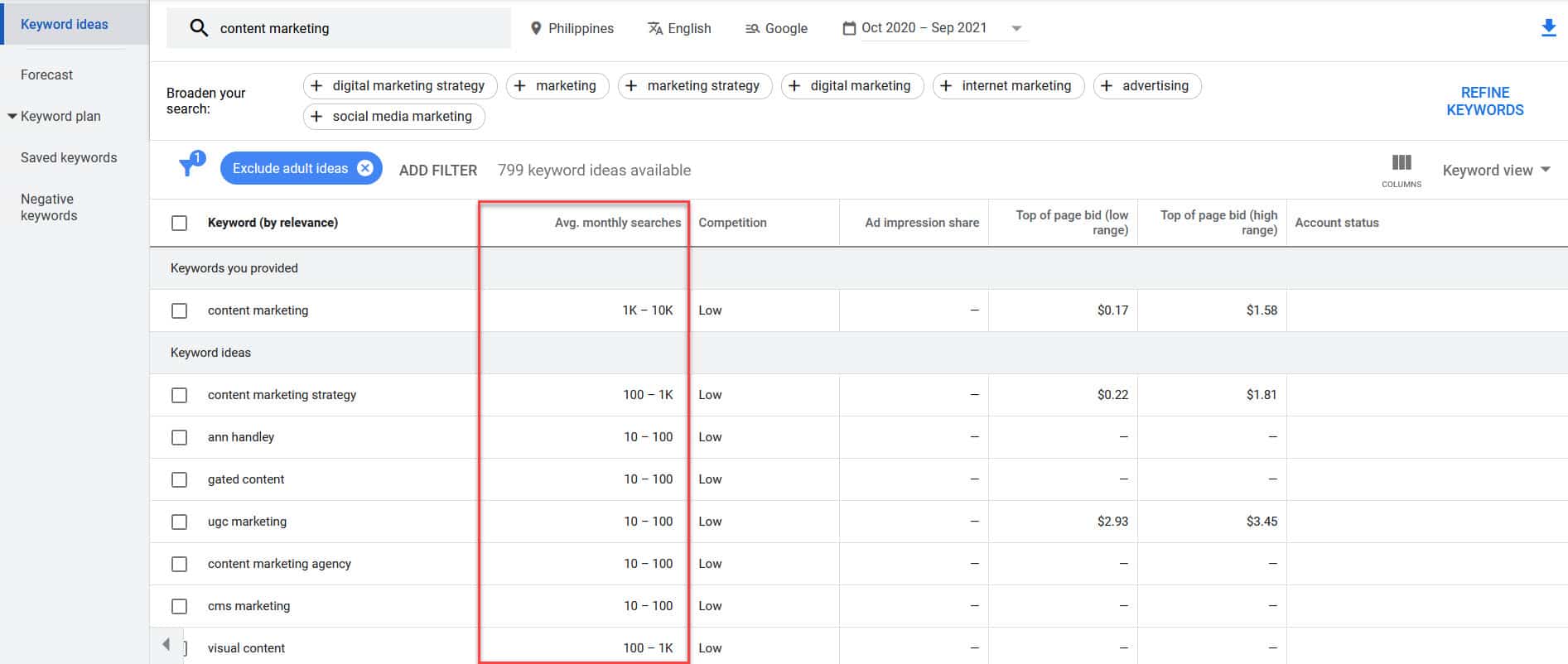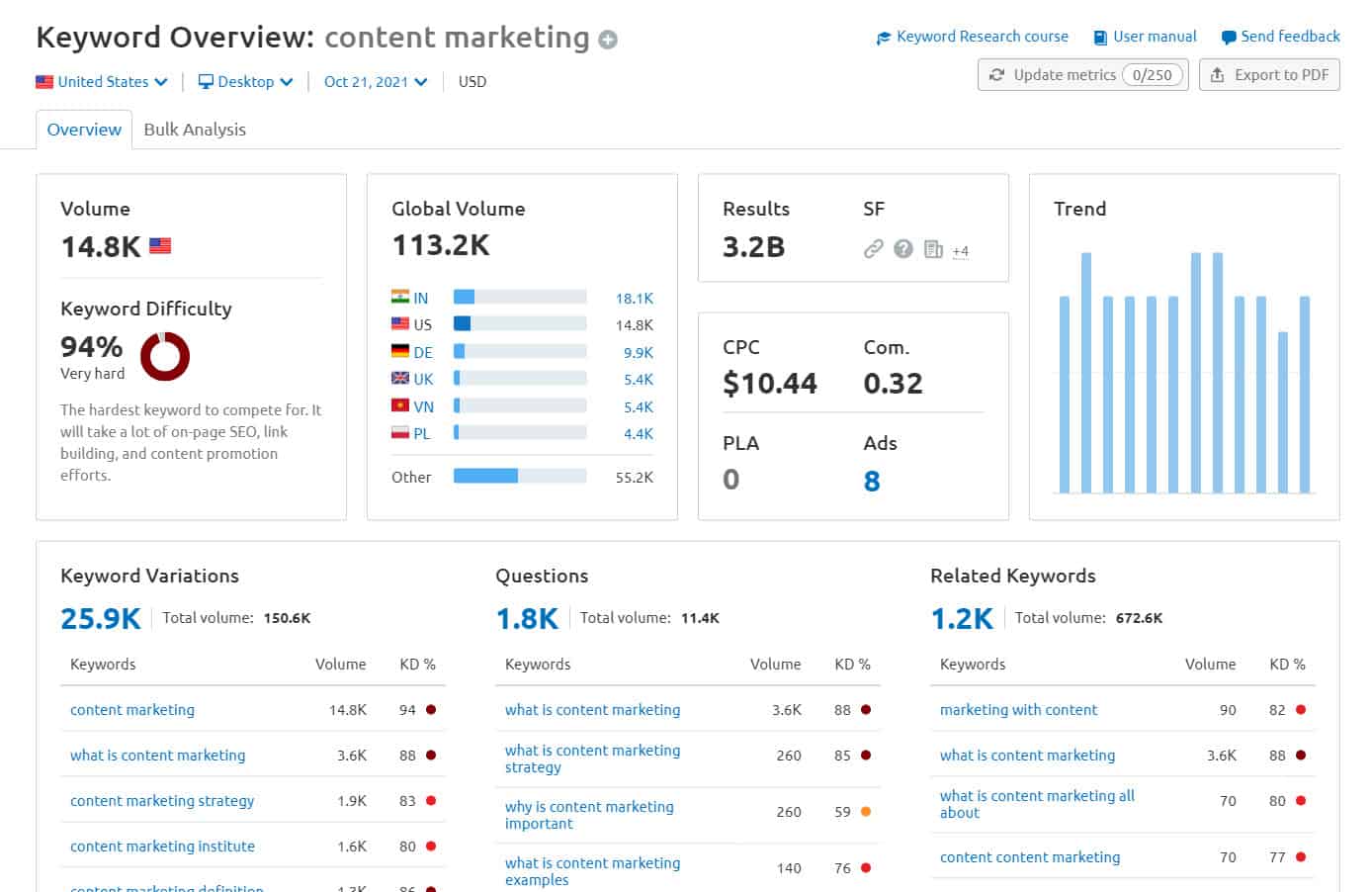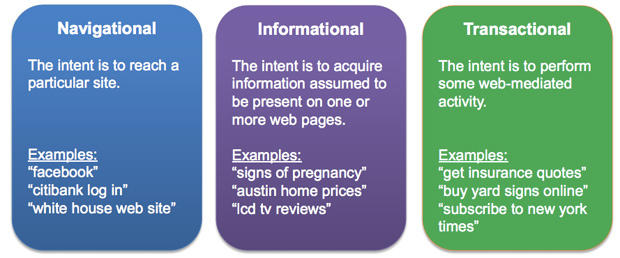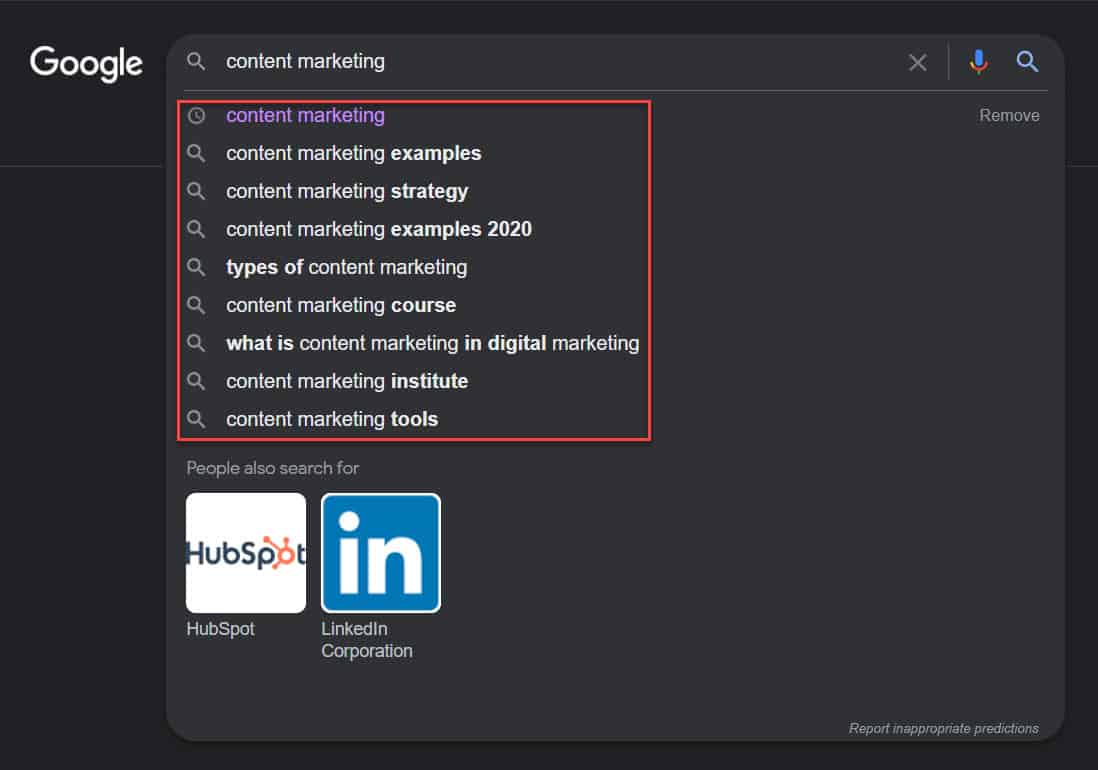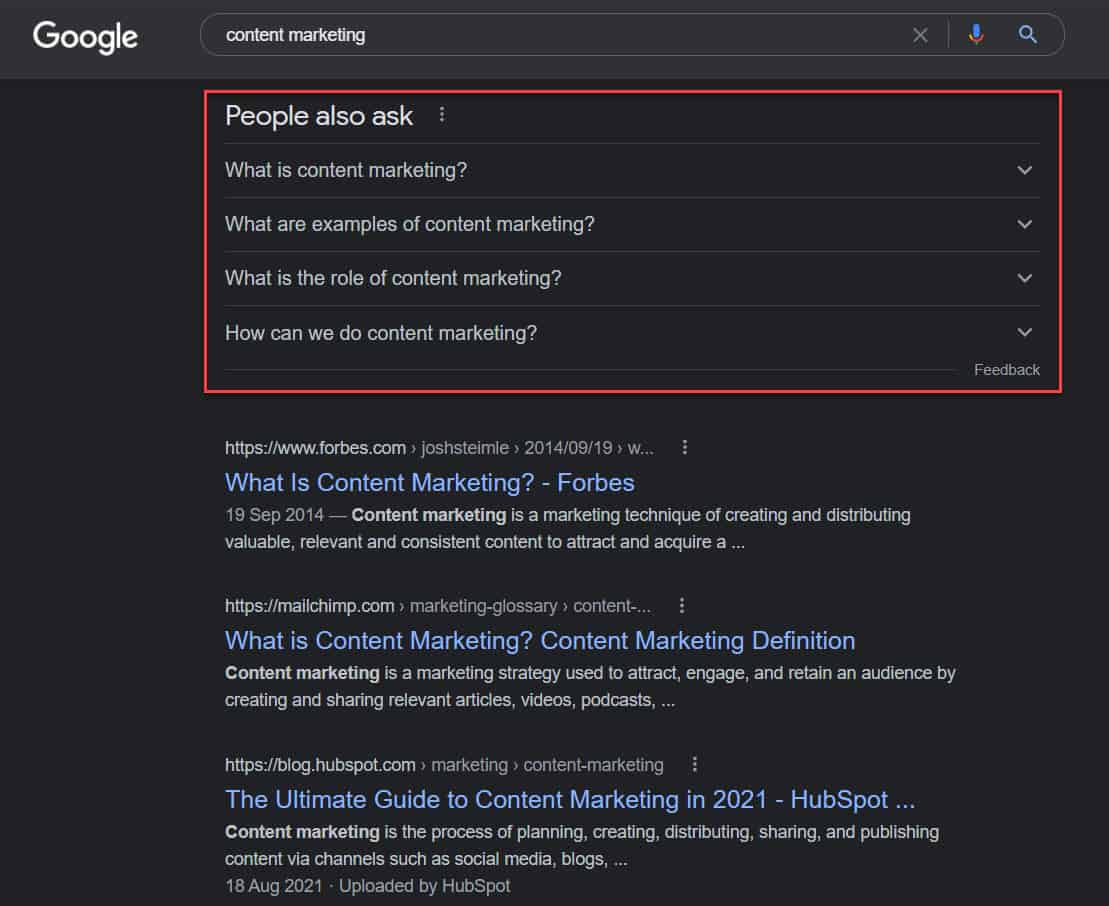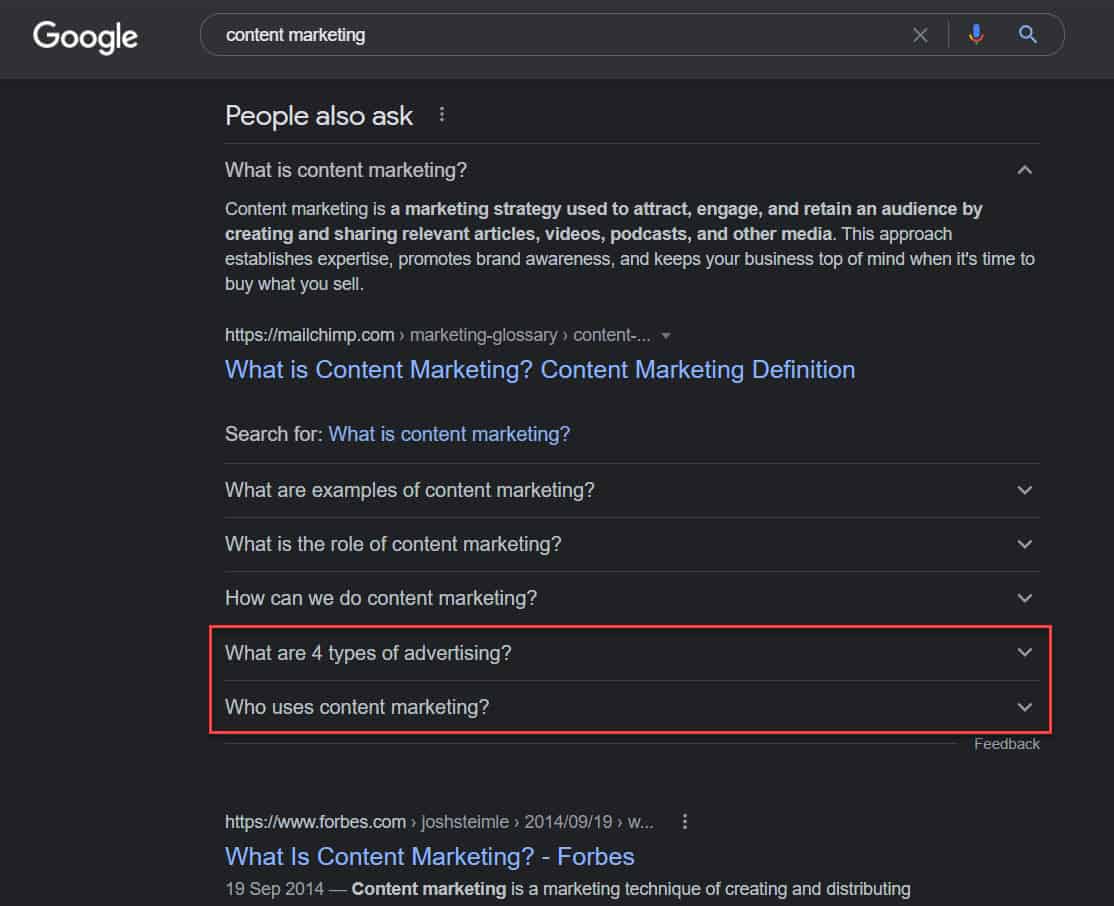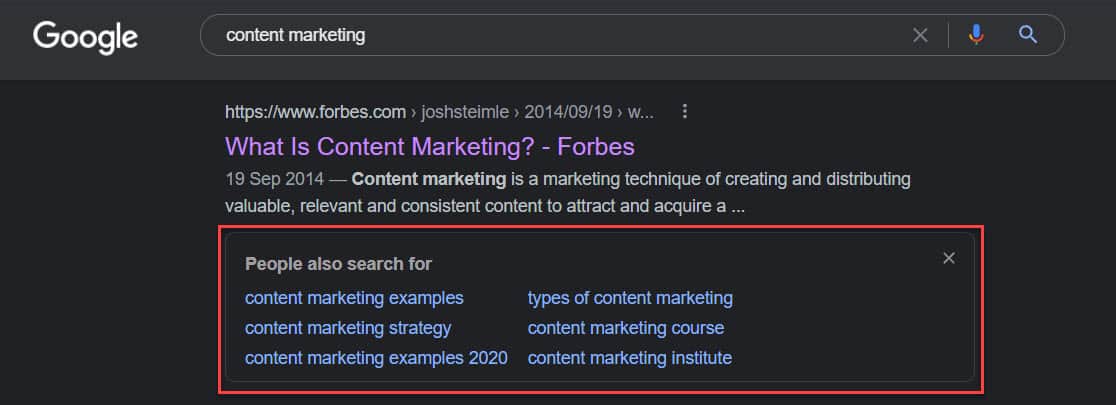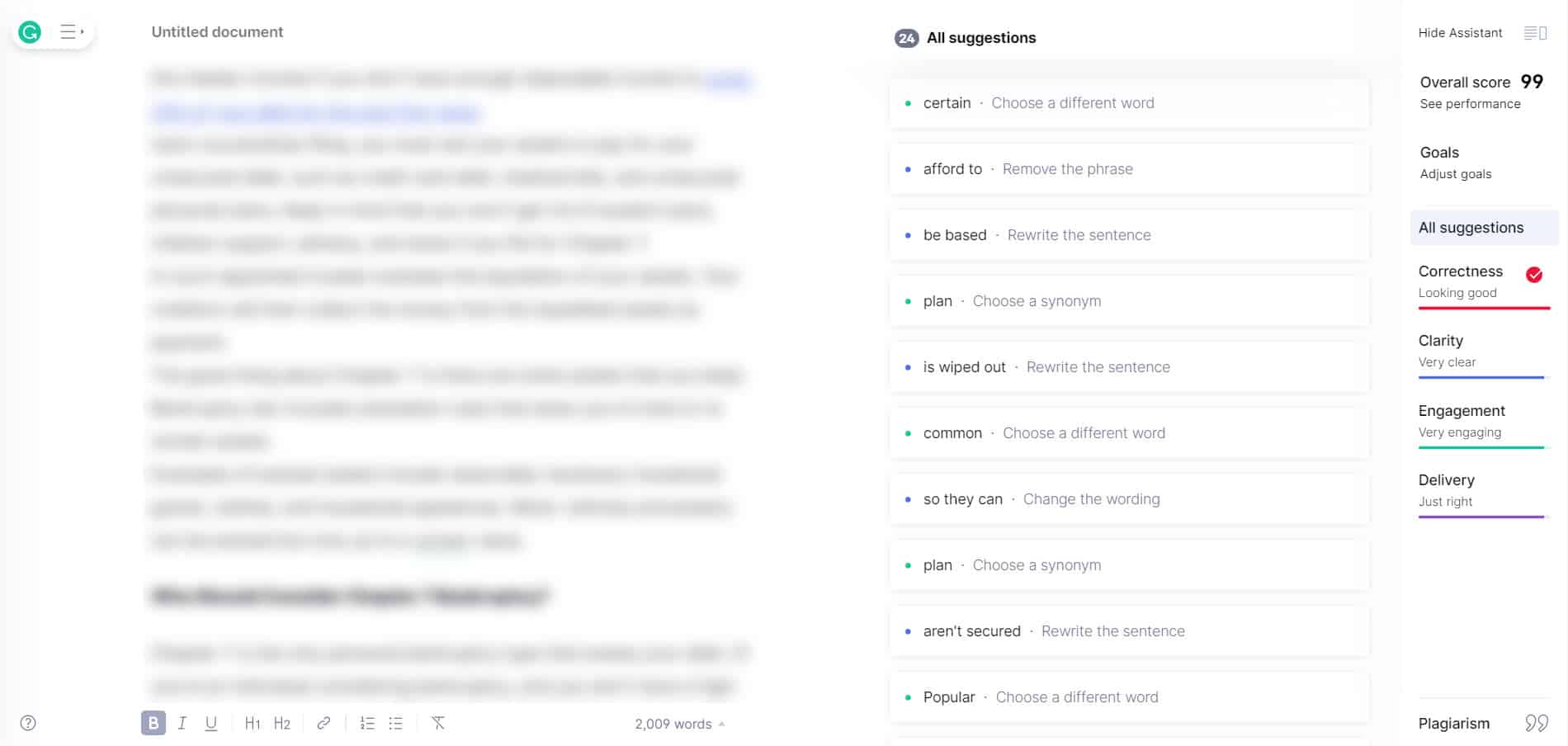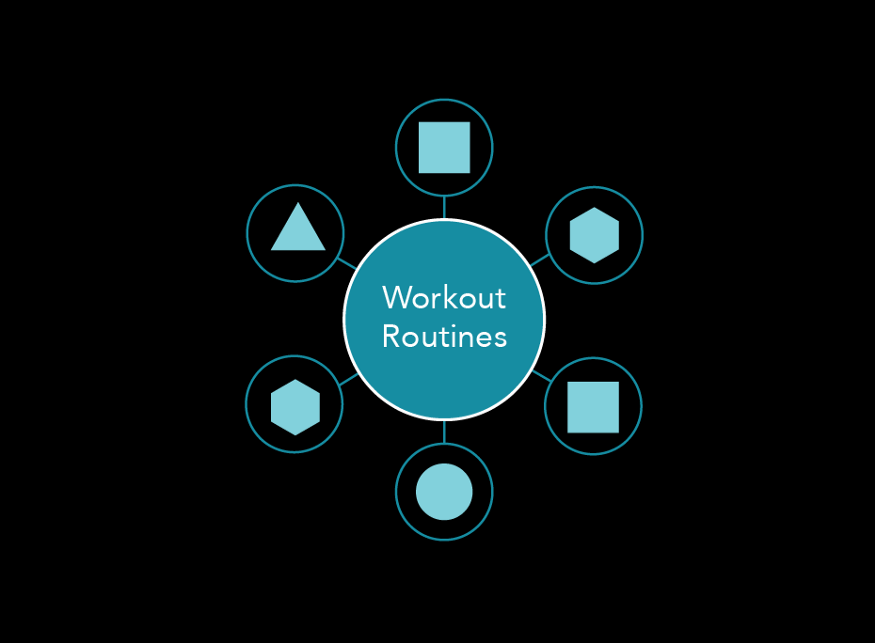The goal of writing blog posts is to get the attention of your target audience and introduce them to your brand. From here, the possibilities are endless—they can join your email list, buy your products, or subscribe to the services you offer.
However, this won’t be possible if they can’t find your blog post online.
There are many ways that you can promote your blog content to your readers. But arguably, the best and most sustainable way of doing so is by ranking high in search engine results.
Writing SEO-friendly blog posts allows your audience to find them on Google with little to no effort from you. That means you don’t have to go out of your way to share them on different social media channels. Once your blog post starts ranking on the first page of search engine results pages (SERPs), you can expect to receive a steady stream of high-quality traffic that is ready to engage with your content.
In this post, you will learn how to create highly optimized SEO-friendly blog posts guaranteed to rank on Google search and help generate more site visitors.
Perform Keyword Research
Keyword research plays a pivotal role in creating an SEO-friendly blog post. If you don’t target the right keywords in your content, your chances of ranking higher on SERPs are pretty slim.
Search Volume and Keyword Difficulty
When conducting keyword research, two things that immediately come to the mind are search volume and keyword difficulty (KD). Search volume refers to the number of times a keyword is searched per month on average. Free tools like Google Keyword Planner let you type in a topic and show you keyword ideas and suggestions, each with their respective search volume range.
Keyword difficulty is a score that tells you how easy or hard ranking for the keyword on the first page of Google is. The higher the score, the more difficult it will be to rank for that keyword.
Keyword Difficulty metric is available on premium tools like Ahrefs and SEMrush. Each tool computes keyword difficulty differently, so don’t expect all tools to get identical KD scores for the same keyword.
From here, it would be logical for you to find keywords with high search volume and low keyword difficulty. When doing your keyword research, there’s no exact monthly searches or KD score that you should look for since each niche and industry are different. Therefore, you need to find as many keyword ideas relevant to your niche as possible and see its average search volume and KD score.
Keyword Intent
To help you expand your keyword research, you also need to keep keyword intent in mind. It refers to the reason why people are searching for the query on Google in the first place.
There are three types of keyword intent to be mindful of: navigational, informational, and commercial.
Image source: WordStream
Unless your brand is very popular in your industry, most content on your blog is going to be informational.
In particular, you need to find informational keywords to help share your industry knowledge with your audience and build trust with them. Once you’ve established that you’re an expert in your field, you can optimize for commercial keywords next so you can turn the traffic you’ve built over time into sales by referring them to your own products or the products you are promoting as an affiliate.
Researching keywords with intent in mind also allows you to write a more focused blog post. For example, optimizing for “content marketing” is difficult because the keyword covers many things like definition, benefits, examples, and others. Now, if you’re optimizing for “content marketing for beginners”, the goal with writing your blog post becomes much clearer: write an informative post explaining content marketing to beginners.
The intent gives us insights into why users search for the keyword and helps narrow down the topic.
Mention Keyword in the Right Places
Once you have found your keyword, make sure that you mention your keywords in the correct places inside the content.
However, we’re not referring here to keyword stuffing. Mentioning your keywords as many times as possible in the blog post doesn’t work anymore because it doesn’t provide value to readers. What’s important now is to create authoritative content that satisfies the searcher’s intent by answering the question or solving a problem.
Nonetheless, strategically targeting the keyword in your blog post serves to provide context and help search spiders index your content to appear for the correct search queries.
Matt Diggity refers to these places as the “Three Kings of On-Page SEO.” These are:
- SEO Title – the title of your post that appears on search results
- URL – the page address of the blog post on your website
- H1 tag – the title that appears on your article page
You can have the same SEO title and H1, although making your SEO title more compelling and descriptive will attract more clicks to your page.
Mentioning your keyword in these places immediately gives your blog post an edge over those without the keyword in these places.
You can also mention the keyword in the actual content, although it won’t do as much help as opposed to mentioning it in the places mentioned above. Just make sure that the keyword makes sense in the content since you don’t want to include it in there for no reason. You may also use variations of your target keywords inside the article body to keep things natural.
Structure Your Content Properly Using Headers
One of the best ways to publish easy-to-read and SEO friendly blog posts is by breaking down each subtopic into sections.
Each section must have a subheading that introduces it to readers properly. Since you already have an H1 tag which is the post’s title, you should use H2 tags for the sections in your post. It’s also possible to have subheadings within your subheadings. In this case, sections under an H2 tag should use the H3 tag, and so on.
Back in the day, mentioning your target keyword in headings was something you should do if you wanted your post to rank for the search query. However, headers have lost some of their value as far as featuring keywords here is concerned.
Nonetheless, it would help if you add your target keywords or some variations in a few heading tags, while keeping it relevant. Similar to making your post much easier to read by your audience, this will also help spiders better understand the context of the article simply by referring to your headers. Therefore, regardless if you incorporate your keyword in each header, Google will reward your post with higher rankings as long as you cover as much ground about the topic.
To help you brainstorm for headers, all you need to refer to is the websites showing up on SERPs of your target keyword.
From the results page, you can refer to Google autocomplete prediction on the search bar. It will show you a maximum of 10 search phrases that you can use as-is or as jump-off points for your headers.
For some search queries, there’s a People Also Ask (PAA) section that shows you the most common questions about the keyword you searched for:
The great thing here is that it will show you two additional questions if you opened one from the list.
Finally, there’s a “People also search for” section that appears whenever you click on a page and click on your browser’s back button to go back to the SERPs. You should see a small box under the page you clicked on containing search queries that you can use as headers for your post.
Write Killer Content
Everything discussed above is half the battle of ranking on top of Google search for your keyword. The other half is spent on the actual writing of the piece.
Now, there may be automatic content generation tools like Jarvis that will help generate content for you with a few clicks of a button. However, you still need to review and edit the article to ensure accuracy and grammatical correctness. You’ll find yourself rewriting the entire generated section most of the time because it doesn’t capture the quality of detail you need for your post.
To help make the writing process easier for you, you need to prepare an outline, which we’ve already discussed above. By structuring the topics you plan on covering in your article using headings and subheadings, you have a clearer picture of what to write from start to finish.
Also, when you start writing articles, you need to answer these questions for each section:
- What is the section all about?
- Why do the readers have to learn about it?
- How can the readers put what they’ve learned from this section into practice?
You can tweak the questions based on the topic of each section. For example, if the section is about Coke’s “Share A Coke” campaign as a content marketing example, below are possible questions you should answer in the blog post:
- What is the “Share a Coke” campaign and how does it work?
- How did Coke implement the campaign?
- What are the results of the campaign?
- What can readers learn from the campaign, and how can they implement the same in their own campaigns?
As mentioned, you may have to change up the questions depending on the topic. However, the goal here is to answer questions that your readers may have about the topic. By answering them clearly and concisely in your content, you offer value to readers and search engines at the same time.
Finally, once you’re done writing the post, you need to review it before moving on to the next step. If you wrote the content yourself, you would ideally want to spend a few hours away from the post and distance yourself from it completely. This way, once you read the post, you have a fresh perspective about the topic which allows you to edit the article by adding more information to it.
Regarding editing your piece, consider using a tool like Grammarly Premium which will come in handy with fixing grammatical errors and poor sentence structure.
Catching these errors on your own would be difficult since you’re probably not aware they’re mistakes in the first place.
Therefore, Grammarly will help catch them for you to help maintain consistency across all your articles, which is vital if you want to turn visitors into avid readers of your blog.
Add Images
As part of structuring your content, you need to add as many relevant images on your post as possible.
However, we are not referring to stock photos here. While you may use them if they capture the essence of what you’re trying to say in a particular section of your article, it’s best to use unique and custom images instead. They help elevate and make your blog post stand out from the pack.
After all, creating images even without design experience is a breeze, thanks to tools like Canva. Choose a template that you wish to edit, add images from its collection of stock and vector images, and add filters and elements to spruce up its appearance.
Aside from creating featured images using the tool, you can turn quotes from your blog post into images. Including these in your post should give readers room to breathe from the wall of text in your blog post.
Also, before uploading images in your post, you need to compress them first using ShortPixel or Optimizilla. This helps reduce the file size of your images, loading them faster on visitors’ browsers without compromising their quality.
Finally, you need to add alt text on all of the images you upload to your website. Since search spiders can’t read images, they check their respective alt texts instead to understand what the image is about. Therefore, make sure that the alt text describes all of the images to a tee.
Use Internal and External Links
Once you’re done writing your blog post, you need to add external and internal links to it. The former refers to links pointing to pages from other websites from your blog post.
External links are valuable in the sense that you point users to valuable resources relevant to the topic. By providing your audience with additional reading, they’ll be more thankful to you for it.
Search spiders connect your blog post’s topic using the pages you linked out to. For example, if the article is about the best mobile games for 2021 and links to the best and highest-rated mobile games released this year, search spiders can confirm that your topic is indeed about the top mobile games year. As a result, search engines will index the page for its appropriate keywords.
At the same time, don’t get too crazy with outbound links. Linking away from your page also allows link juice to escape from your site, thus decreasing your site’s authority and sending them to pages on other sites.
Internal links, on the other hand, are links pointing to pages or blogs on your own site. Arguably more important than external links, developing an internal linking strategy allows you to create topic clusters on your site. You create a cluster by grouping blog posts talking about the same topic via internal links. Here’s a visual representation of a topic cluster:
Image source: HubSpot
Creating topic clusters allows you to build topical relevance to help pages on your site rank higher for their respective keywords. There are many case studies from site owners like Spencer Haws attributing internal linking to the growth in site traffic.
Conclusion
Following the steps above should help you create well-optimized SEO friendly blog posts that will eventually rank on Google. Most of your time will be spent on researching the right keywords and getting the content written.
Regarding keyword research, make sure to target search terms that you feel you can realistically rank for. Eventually, once you build enough authority from the content you’ve published, you can target keywords with higher search volumes for more significant traffic.
Ultimately, the most crucial part of creating SEO-friendly blog posts is to provide value to your audience. By covering everything you need to discuss in the blog post in a clear manner, you will also get in the good graces of search spiders and index your page on top of your target keyword.
